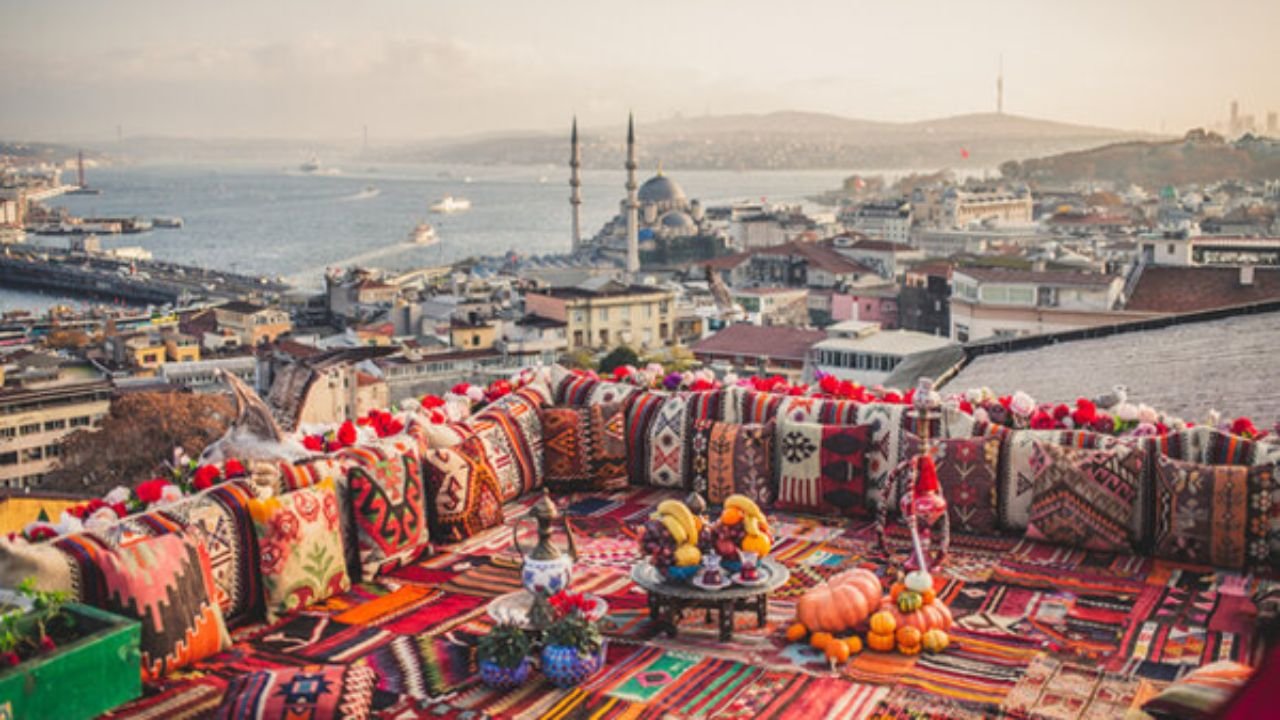In the heart of Vietnam lies a captivating tradition known as bảie, a cultural practice that has been cherished for centuries. This intricate art form is more than just an aesthetic masterpiece; it embodies the soul and spirit of Vietnamese heritage. This blog post aims to take you on a fascinating journey through the world of bảie, exploring its rich history, cultural significance, and how it continues to thrive in modern times. For cultural enthusiasts, history buffs, and travel bloggers alike, understanding bảie is essential for appreciating the depth and beauty of Vietnamese culture. Preserving these traditions is crucial, not only for maintaining cultural identity but also for encouraging cultural exchange and understanding across the globe.
The Origins and History of Bảie
The roots of bảie trace back to ancient Vietnamese traditions, where it played a pivotal role in religious and community ceremonies. Initially, bảie was a way for the Vietnamese people to express their deep connection to spirituality and nature. Over time, it evolved, influenced by various historical milestones and external cultures, such as Chinese and French colonization. The art of bảie became an integral part of Vietnamese festivals and rituals, symbolizing prosperity, protection, and harmony within the community.
Throughout history, bảie has undergone transformations reflecting the changing dynamics of society. From its early days in rural villages to its presence in urban centers, bảie has maintained its relevance by adapting to contemporary aesthetics while retaining its core essence. The resilience of bảie amidst these changes underscores its importance as a living tradition that continues to resonate with the Vietnamese people.
Symbolism and Cultural Significance
Bảie is rich in symbolism, with each motif and design carrying deep cultural significance. Traditional bảie often features elements like dragons, phoenixes, and lotus flowers, each representing different virtues and stories from Vietnamese folklore. These motifs serve as a medium for passing down cultural values and narratives from one generation to the next, ensuring the continuity of Vietnamese heritage.
In Vietnamese culture, bảie is more than just an art form; it is a way of life. Whether it’s a simple decorative piece in a household or a grand display during festivals, bảie is woven into the fabric of daily life and special occasions. It acts as a bridge between the past and the present, reminding the Vietnamese of their rich cultural legacy and inspiring pride in their identity.
Bảie in Modern Times
In today’s globalized world, bảie has not only survived but thrived, adapting to modern sensibilities while staying true to its roots. Contemporary Vietnamese society has seen a revival of interest in traditional arts, with bảie leading the charge. Efforts to preserve and promote bảie have been bolstered by global influences, which have introduced new materials and techniques, enriching the tradition.
The role of bảie in tourism and cultural exchange cannot be understated. Visitors to Vietnam are often fascinated by the intricate beauty and cultural depth of bảie, leading to increased appreciation and demand for this traditional art. Artisans and cultural institutions have embraced this interest, organizing workshops and exhibitions that highlight the artistry and craftsmanship involved in bảie.
Crafting Bảie Techniques and Materials
The creation of bảie is a meticulous process that requires skill and dedication. Traditional methods involve handcrafting each piece with precision, using tools passed down through generations. The choice of materials is just as significant, with different types of paper, fabrics, and colors playing a crucial role in the final product.
The materials used in bảie are imbued with meaning; for instance, gold and red are often used to symbolize wealth and good fortune. Master artisans, who have honed their craft over decades, are the custodians of this tradition, contributing significantly to the preservation and evolution of bảie. Their dedication ensures that this ancient art continues to flourish, inspiring future generations of craftsmen.
Preserving Bảie for Future Generations
Despite its enduring appeal, bảie faces challenges in the modern world. The rapid pace of technological change and globalization threatens the survival of many traditional crafts, including bảie. However, numerous initiatives and organizations are working tirelessly to safeguard this cultural treasure.
Education and community engagement are vital components of these preservation efforts. By teaching the younger generation about the art and history of bảie, and involving them in its practice, the continuity of this tradition can be ensured. Furthermore, partnerships between local communities and international cultural organizations play a crucial role in promoting bảie on a global stage, fostering appreciation and support for this unique aspect of Vietnamese culture.
You May Also Like: Evırı Discover Turkey’s Symbol of Unity
Conclusion
Bảie is not merely an art form; it is a vibrant testament to the rich cultural tapestry of Vietnam. Through its history, symbolism, and modern-day practices, bảie offers invaluable insights into Vietnamese heritage, providing cultural enthusiasts, history buffs, and travel bloggers with a deeper understanding of this fascinating tradition. By engaging with and preserving bảie, we can ensure that it continues to inspire and connect people across the world, serving as a powerful reminder of the beauty and diversity of human expression.
Frequently Asked Questions
What is bảie?
Bảie is a traditional Vietnamese art form that involves intricate designs and motifs, often used in religious and community ceremonies.
How is bảie significant in Vietnamese culture?
Bảie holds cultural significance as it symbolizes prosperity, protection, and harmony, and serves as a medium for passing down cultural values and stories.
How has bảie evolved in modern times?
While retaining its traditional essence, bảie has adapted to modern aesthetics and global influences, resulting in a revival of interest and increased integration into tourism and cultural exchange.
What materials are traditionally used in bảie?
Traditional bảie involves the use of paper, fabrics, and colors, each carrying specific symbolic meanings, with gold and red often representing wealth and good fortune.
How can we help preserve bảie for future generations?
Supporting educational initiatives, engaging with local artisans, and promoting bảie on global platforms are key ways to ensure its preservation for future generations.











